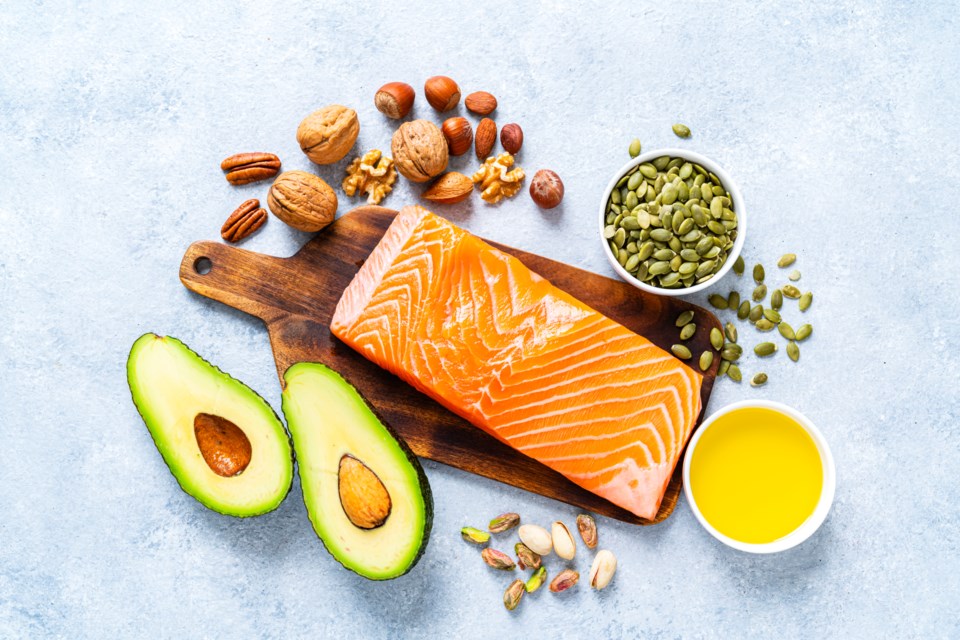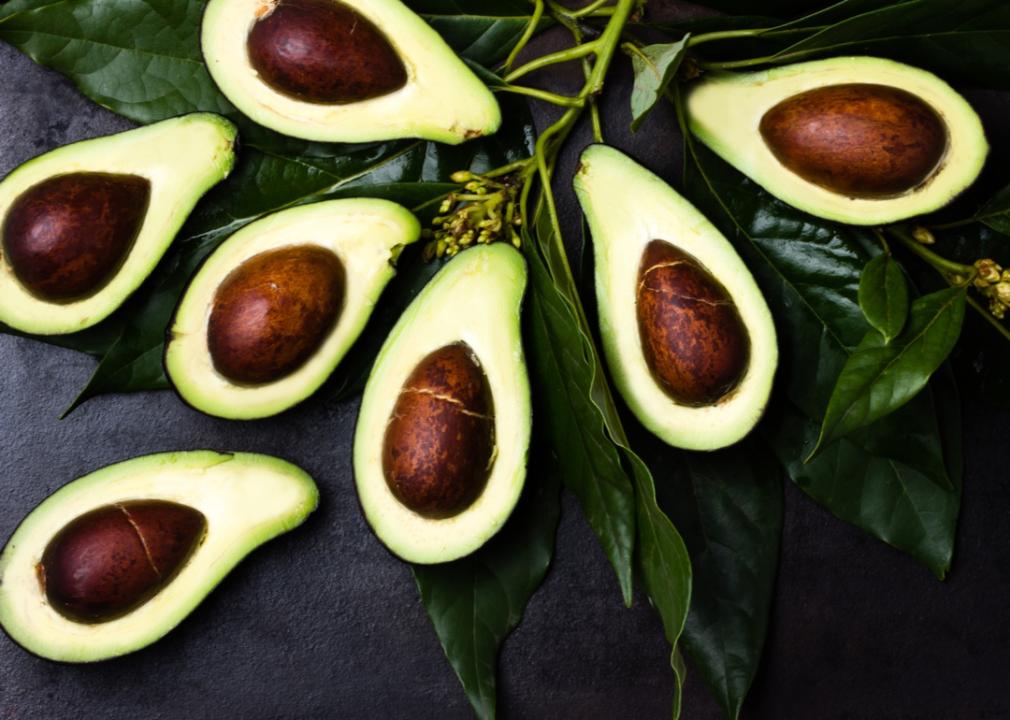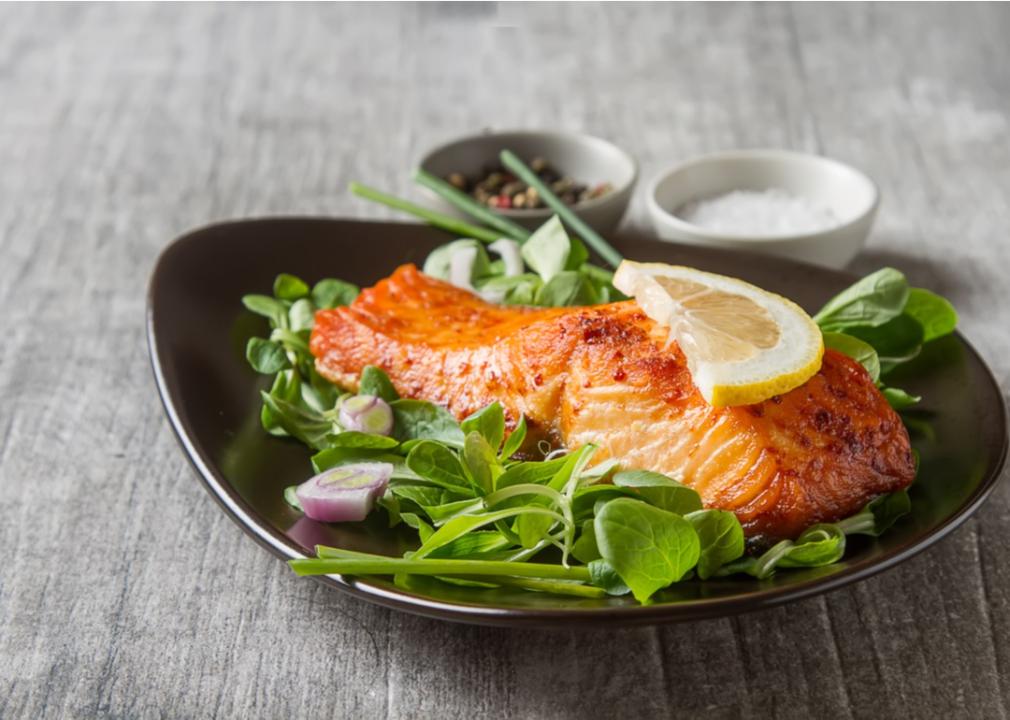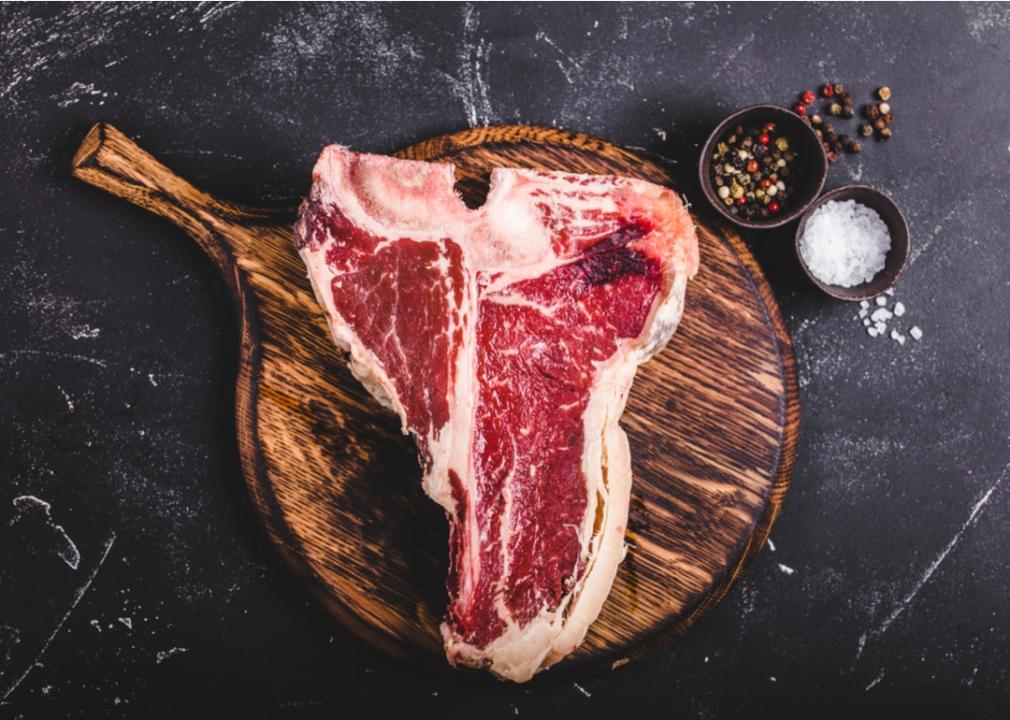When the American Heart Association issued its first recommendations in the late 1950s for a heart-healthy dietary lifestyle, they advised that reducing fat intake and overall caloric intake reduce the incidence of heart disease. But the guidelines didn’t recommend a low-fat diet for everyone.
As time went on, the began to shift more concretely toward a “fat is bad” mentality, and food manufacturers were soon marketing the low-fat diet as the key to avoiding heart disease, obesity, and a host of other problems. By the 1980s, the phrase “low-fat” was commonly seen on all kinds of food packaging to tout healthfulness, and it was all but accepted as gospel by society as a whole.
But has fat gotten a bad rap? In recent years, food trends like Atkins and keto diets have gained popularity for embracing butter, meat, and other fats, often in lieu of high-carb foods. But knowing the difference between which fats are considered healthy and which are not is essential to long-term health and wellness.
As we age, a healthy level of fat intake becomes more essential in maintaining overall health. Dr. Vasanti Malik, a research scientist at Harvard University’s T.H. Chan School of Public Health, confirms that for certain body functions, such as organ protection, cell growth, and nutrient absorption. Additionally, fat intake maintains cholesterol and blood pressure levels. However, not all fats are created equal and moderation is key.
The medical community has conducted various studies attempting to test the long-held assumption that “fat is bad.” Research has demonstrated saturated fat intake has on the development of heart and cardiovascular disease than suspected, or assumed, and continue to reframe the USDA’s position on precisely what type and amount of fat is good for you.
In order to better understand the five types of fat that we consume, outlined what you should know about the health benefits or risks of each.
Larisa Blinova // Shutterstock
Monounsaturated fats
In order to understand the benefits of monounsaturated fats, you first need to understand the . High-density lipoprotein cholesterol, known as HDL or “good cholesterol,” can protect your heart. It carries low-density lipoprotein cholesterol (LDL or “bad cholesterol”) from your arteries to the liver, where the bad cholesterol can be converted to energy and waste.
Monounsaturated fats promote healthy cholesterol levels and help reduce LDL levels. This fat can be found in plant sources such as avocados; nuts such as almonds, pecans, and cashews; and various oils, including olive, peanut, canola, and sesame oil. It is also present in chicken, pork, and beef.
In addition to aiding in the reduction of LDL, monounsaturated fats are also a source of Vitamin E, which is an antioxidant that contributes to reproductive, tissue, and eye health. Using olive oil instead of butter when cooking is an example of how to reduce unhealthy fats in your diet. Another example is snacking on nuts instead of chips or cookies.
All fat is relatively high in calories at 9 calories per gram, so while making sure monounsaturated fat makes its way into your diet regularly, it is important to consume in moderation.
wineonet // Shutterstock
Polyunsaturated fats
Polyunsaturated fats have , which reduce one’s risk for disease. Polyunsaturated fats are essential for brain function and cell growth; blood pressure and blood clotting management; and nervous system response. There are two main types of polyunsaturated fatty acids: omega-3 and omega-6.
Omega-6 fatty acids help manage blood sugar levels and blood pressure, as well as reduce one’s risk for diabetes and heart disease. While the human body can produce nearly all the fatty acid it requires to function, it cannot naturally produce , which is a key omega-6 fatty acid. A balanced diet that includes whole-grain carbohydrates, seeds and nuts, and plant oils such as sunflower or corn oil is the only way for the body to get the omega-6 it requires.
Gaus Alex // Shutterstock
Omega-3 fats
Omega-3 fatty acids are another form of polyunsaturated fat. They aid overall physical function and the body’s metabolism. Omega-3 fatty acids have been shown to be good for the heart by reducing the buildup of plaque in the arteries and may help reduce the risk of stroke, cancer, the flare-up of arthritis, and inflammation.
There are two categories of omega-3 fats; the first consists of EPA and DHA (eicosapentaenoic acid and docosahexaenoic acid), which are generally found in seafood, notably salmon, tuna, shellfish, and herring.
The other type is alpha-linolenic acid, better known as ALA, which comes from flaxseeds, walnuts, and some vegetable oils. Linseed and canola oils are . The USDA’s 2020–2025 recommends adults eat at least 8 ounces of seafood per week in order to get the full spectrum of benefits it provides, including lean protein and polyunsaturated fats.
Omega-3s are also available as dietary supplements. Fish oil supplements contain omega-3 in the EPA and DHA form, whereas flaxseed oil supplements contain ALA.
Elena Eryomenko // Shutterstock
Saturated fats
Saturated fats are what’s known as solid fats because they are usually solid at room temperature. When you see a finely marbled steak at the grocery store, the white in the marbling is solid fat. Saturated fats exist naturally in animal-based foods, notably beef and pork. Saturated fat has been shown to due to the build-up of low-density lipoprotein (LDL) in the arteries. Alongside this risk comes a heightened risk for obesity and stroke.
Saturated fats exist in many processed foods that are widely popular in America, such as pizza, fast food, and fried foods. The USDA’s most recent iteration of its Dietary Guidelines for Americans recommends limiting saturated fat to no more than 10% of total caloric intake per day, whereas the American Heart Association recommends .

Rahul D Silva // Shutterstock
Trans fats
Trans fat is a manufactured product created by adding hydrogen molecules to vegetable oil, a process known as hydrogenation. So when you see “hydrogenated” on a food label, what that means is the product contains trans fats.
One reason trans fats became so prevalent in our food system is they are inexpensive, accessible, and have a long shelf life. Restaurants with commercial fryers found value in trans fats since it could be reused to deep-fry foods, such as fries and breaded chicken products. But that’s not all—trans fat can and does exist naturally in food products such as milk, butter, and cheese, as well as meat products sourced from ruminant animals (e.g. deer, sheep, and goats).
Trans fat is generally considered to be the unhealthiest of all dietary fats—it is a prime constituent of foods that generally lead to weight gain, diabetes, and cardiovascular issues. These include battered and fried food, and mixes used for cakes, pies, and other pastries. Trans fat raises LDL (or “bad cholesterol” levels) and lowers HDL (“good cholesterol”).
The world’s leading nutritional and research bodies have taken up the fight against trans fat. The USDA’s Dietary Guidelines for Americans recommends daily trans fat daily intake be as low as possible without compromising overall nutritional value.
As of June 2018, partially hydrogenated oils can , per the U.S. Food & Drug Administration. The World Health Organization released a strategic action package called to eliminate industrially produced trans fats globally by 2023.
This story originally appeared on DietMenus and was produced and distributed in partnership with Stacker Studio.







